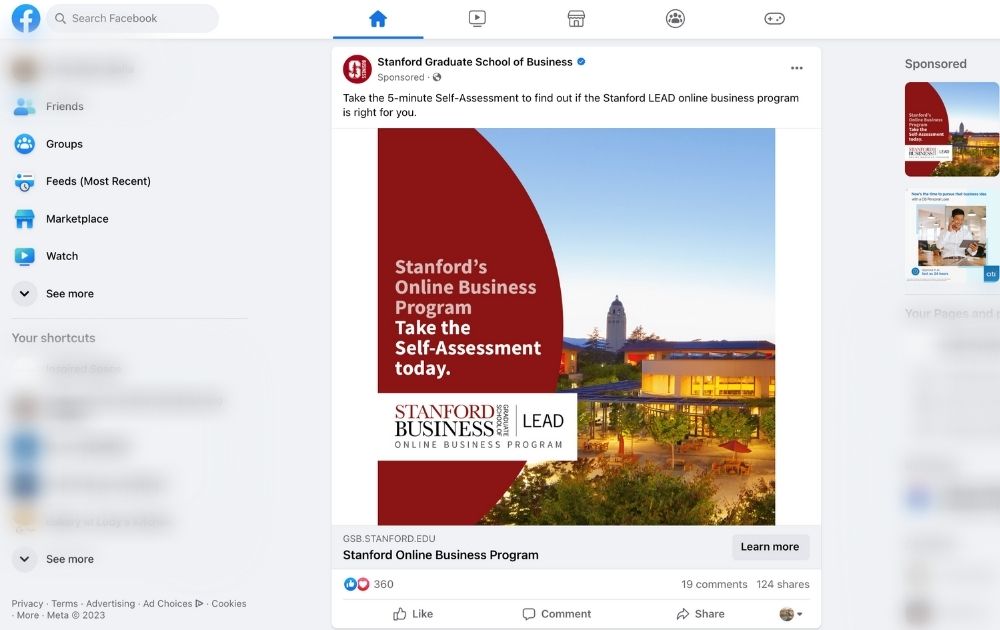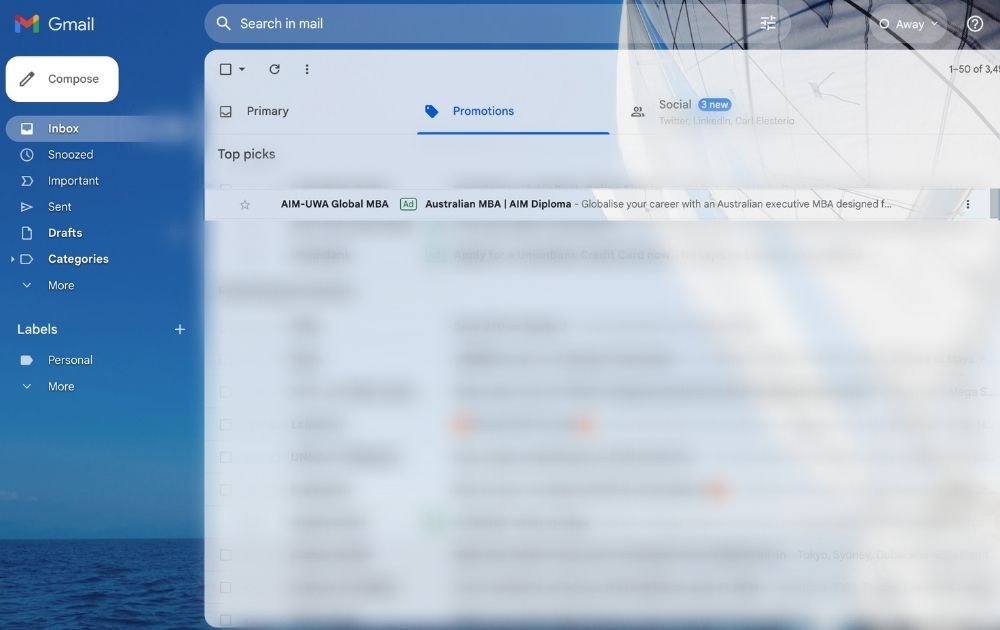
If you’re curious about site retargeting, the best way to understand it is by taking a cue from your personal experience.
Picture this: You visit an online store, browse through their extensive collection of shoes, and find a pair that catches your eye. You’re tempted to make a purchase, but just as you’re about to click that “Buy Now” button, life happens, and you’re pulled away from your screen. The moment slips by, and you move on. But wait, not so fast! Have you ever noticed that the shoes you almost bought seem to follow you around the internet? Suddenly, they pop up in your social media feeds, on news websites, and even in your email inbox.
Welcome to the world of site retargeting – a powerful marketing technique that ensures those missed opportunities don’t slip away completely.
What is Site Retargeting?

Site retargeting, in its essence, is a dynamic marketing technique that allows businesses to reconnect with potential customers who have previously interacted with their website.
It operates on the principle that people who have already shown interest in a brand or product are more likely to convert into actual customers with a little nudge in the right direction. To accomplish this, site retargeting leverages intelligent tracking technologies, such as cookies or pixels for pixel-based retargeting, to monitor the online behavior of visitors on a website. These behind-the-scenes tools discreetly collect data about the pages visited, products viewed, and actions taken during each user’s visit. Armed with this information, advertisers can strategically deploy personalized advertisements to re-engage these past visitors across various online platforms.
All in all, the magic of site retargeting lies in its ability to present relevant ads to individuals who have already displayed an interest in a brand or product.
How Does Site Retargeting Work?

Site retargeting places ads at strategic touchpoints across the internet – these include, as previously mentioned, news websites and email inboxes.
These targeted ads act as gentle reminders, reigniting the desire to complete a purchase, sign up for a service, or take any desired action. The underlying goal of site retargeting is to stay top-of-mind with potential customers, making it more likely that they will return to the website and convert. By harnessing the power of personalized retargeting ads, site retargeting not only helps businesses recover lost opportunities but also enhances brand recognition and reinforces a positive customer experience.
It goes without saying that site retargeting empowers businesses to leverage previous interest and convert it into tangible results.
What are the benefits of site retargeting?

Let’s explore some of the key advantages of site retargeting:
- Increased Conversion Rates. By specifically targeting those who have visited the website or engaged with specific pages, businesses can present personalized ads that align with their interests and needs. This relevance significantly increases the chances of conversion since the messaging resonates with the audience, reminding them of their initial interest and nudging them closer to making a purchase.
- Enhanced Brand Awareness and Recall. Consistent exposure to personalized ads through site retargeting reinforces brand awareness and increases brand recall. By repeatedly showcasing relevant messaging to past website visitors, businesses can solidify their presence in the minds of potential customers, making it more likely that they will choose the retargeted brand when making a purchasing decision.
- Precise Audience Targeting. Site retargeting allows businesses to fine-tune their targeting efforts. By leveraging the data collected from previous website interactions, advertisers can create highly specific audience segments based on user behavior, demographics, or interests. This level of precision ensures that ads are delivered to the most relevant audience, maximizing the chances of engagement and conversion.
- Improved Ad Performance Tracking. Site retargeting allows for comprehensive performance tracking and analysis. Businesses can gain insights into how their retargeting campaigns are performing, measure conversion rates, and make data-driven decisions to optimize their advertising strategies. This ability to track and analyze campaign performance provides valuable insights into customer behavior and helps refine marketing efforts.
What are examples of site retargeting?
There are various effective examples of site retargeting that demonstrate its versatility in reaching and engaging potential customers. Here are a few retargeting ads examples:
- Abandoned Cart Remarketing. One prevalent example of site retargeting is targeting individuals who have added items to their shopping cart but left without completing the purchase. Advertisers can display personalized ads to these visitors, reminding them of the items they left behind and offering incentives such as discounts or free shipping to entice them to return and finalize their purchase.
- Product Page Retargeting. This approach involves targeting individuals who have visited specific product pages on a website but haven’t made a purchase. By retargeting these visitors with ads showcasing the viewed products or similar items, businesses can reignite their interest and drive them back to the website to make a purchase.
- Lead Generation Retargeting. Site retargeting is not limited to e-commerce businesses. It can also be used to retarget visitors who have shown interest in a service or have submitted a lead form but haven’t completed the desired action, such as requesting a quote or signing up for a trial. By displaying targeted ads, businesses can remind these potential leads about their initial interest and encourage them to take the next step.
For instance, I checked the websites of several universities offering graduate business programs. Lo and behold, I found this ad on my Facebook feed not long after:

And when I opened my email, this retargeting ad greeted me:

Site Retargeting Tips
Here are a few tips to keep your site retargeting strategy sharp:
- Segment Your Audience. Divide your audience into specific segments based on their behavior and interaction with your website. This segmentation allows you to create tailored retargeting campaigns for each group, ensuring your ads are relevant and resonate with their specific interests.
- Experiment with Ad Formats. Don’t limit yourself to just one ad format. Test different formats such as static images, animated banners, video ads, or even interactive elements. Experimentation helps identify which formats perform best for engaging your target audience and driving conversions.
- Prioritize Compelling Graphic Design. The visual appeal of your retargeting ads can make a significant impact on their effectiveness. Invest in compelling graphic design that aligns with your brand aesthetics and catches the user’s attention. Use eye-catching visuals, clear messaging, and compelling calls to action to create ads that stand out and drive engagement. Need help with advertising graphic design? Sign up with Penji now, and get unlimited graphic design services. We also offer one-off logo designs if you need to solidify your branding.
About the author

Carla Deña
Carla is a journalist and content writer who produces stories for both digital and legacy media. She is passionate about creativity, innovation, and helping small businesses explore solutions that drive growth and social impact.










